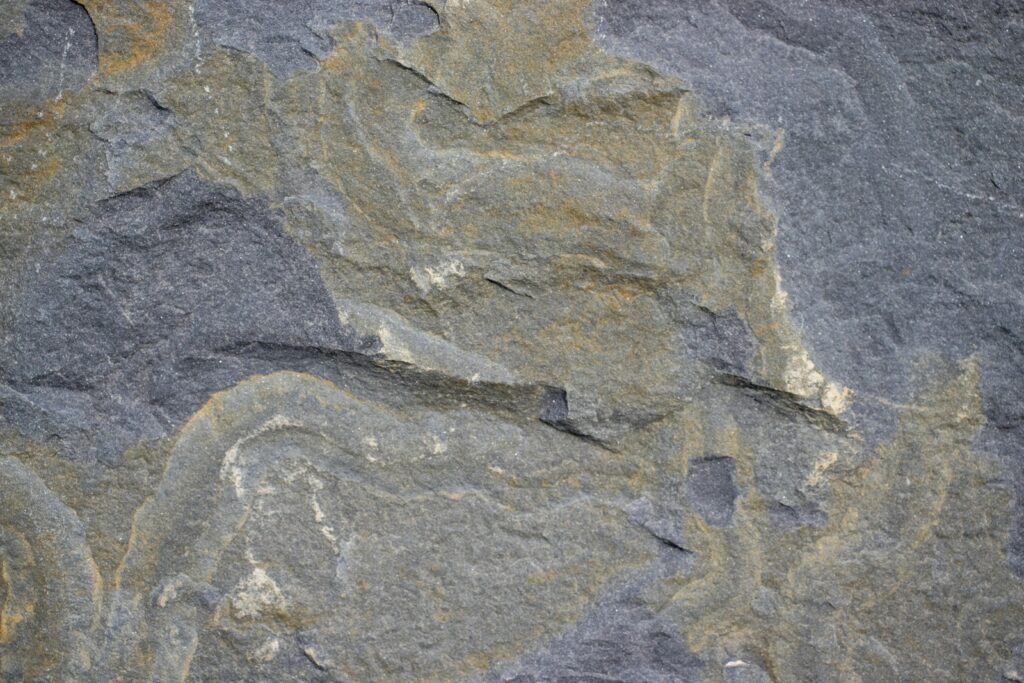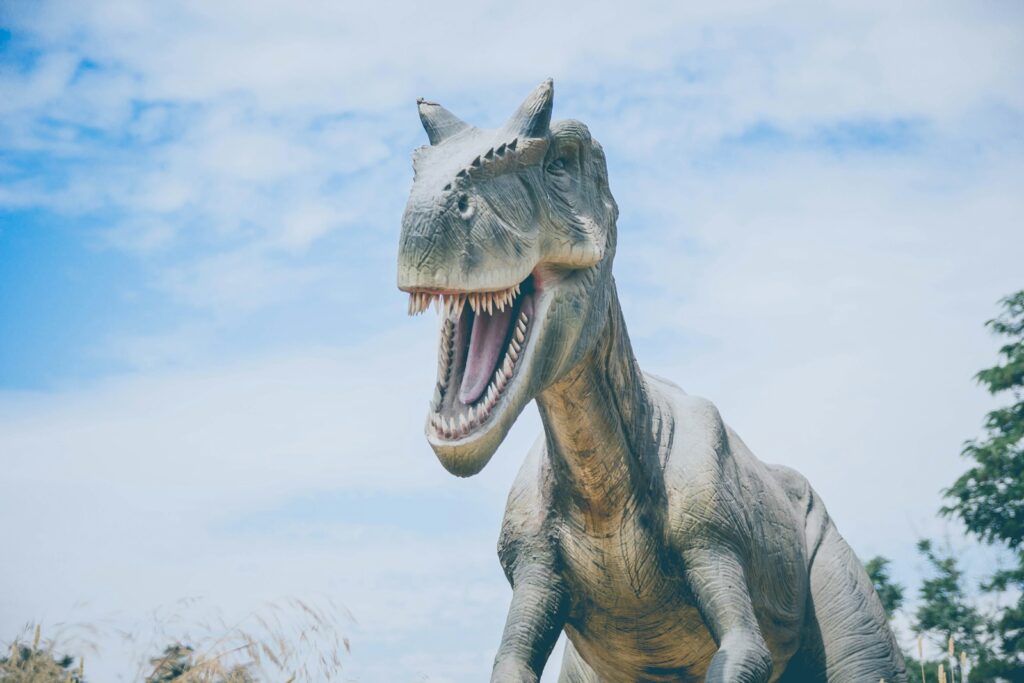In the summer of 1990, paleontologist Sue Hendrickson made a discovery that would forever change the world of dinosaur science—and unexpectedly trigger one of the most complex legal battles in paleontological history. While exploring the Cheyenne River Sioux Reservation in South Dakota, Hendrickson spotted several vertebrae eroding from a cliff face. What followed was the excavation of the most complete, best-preserved Tyrannosaurus rex skeleton ever found.
Named “Sue” after its discoverer, this remarkable fossil would become the center of a fierce custody dispute involving federal agents, Native American tribes, commercial fossil hunters, and prestigious museums—a controversy that fundamentally reshaped how we think about fossil ownership and scientific access.
The Momentous Discovery
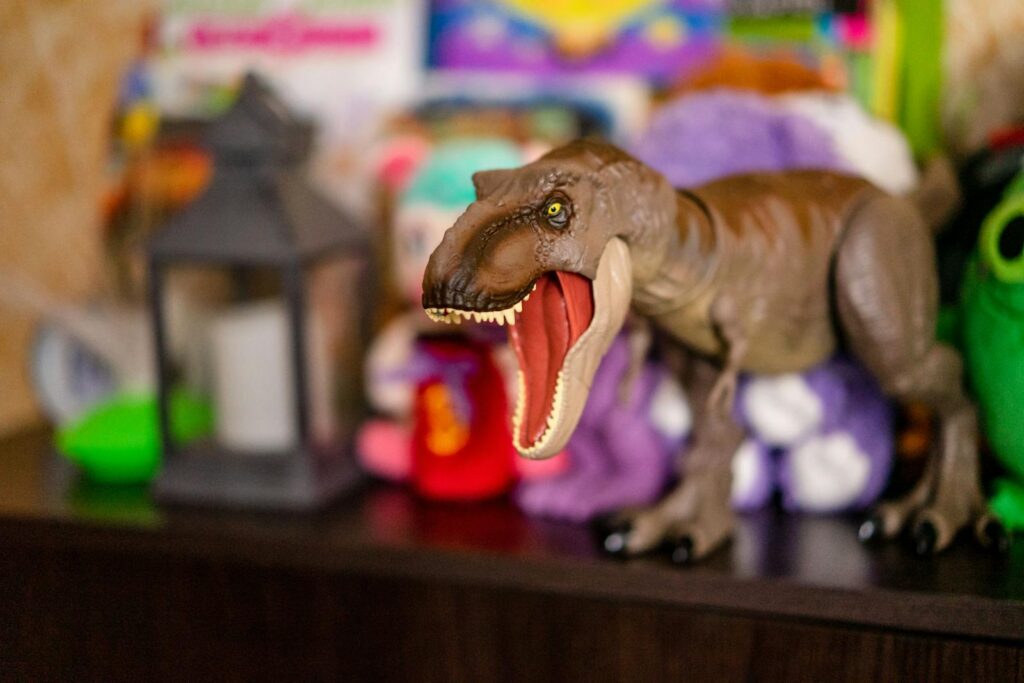
On the morning of August 12, 1990, paleontologist Sue Hendrickson decided to explore a neglected section of the Cheyenne River Sioux Reservation while the rest of her team from the Black Hills Institute of Geological Research dealt with a flat tire. As she hiked along a weathered cliff, Hendrickson noticed several large vertebrae partially exposed in the eroded face. Her trained eye immediately recognized the significance of these bones, which were clearly from a massive predatory dinosaur.
When the Institute’s president, Peter Larson, arrived at the site, his excitement confirmed what Hendrickson suspected—they had found an extraordinary Tyrannosaurus rex specimen. Initial excavation revealed the skull and substantial portions of the skeleton, suggesting this was perhaps the most complete T. rex ever discovered. The fossil was carefully extracted over the next seventeen days, with the team meticulously documenting the position of each bone as they worked.
Sue’s Exceptional Completeness

What made Sue truly special among dinosaur fossils was her unprecedented completeness and exceptional preservation quality. The skeleton included approximately 90% of the original bones—a remarkable figure considering most dinosaur fossils are far more fragmentary. Sue’s skull alone was a scientific treasure, measuring five feet long and remarkably intact, with 58 teeth still in place, some reaching 12 inches in length when including the root. The skeleton revealed details about T. rex anatomy that had never been observed before, including a furcula (wishbone) that confirmed the evolutionary relationship between dinosaurs and birds.
Even more remarkable was the preservation quality of the bones themselves, which retained minute surface details and minimal distortion despite being 67 million years old. Sue’s completeness would eventually allow scientists to understand aspects of T. rex growth, pathology, and biomechanics that had previously been impossible to study with fragmentary specimens.
The Complex Question of Ownership
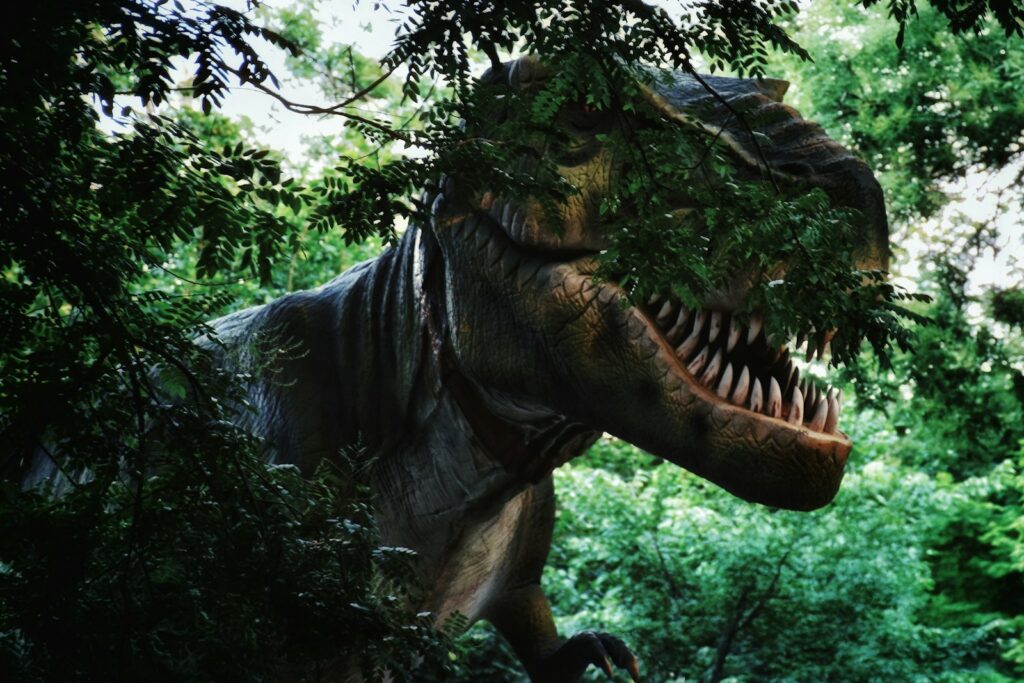
The legal troubles began almost immediately after Sue’s discovery, centering on the fundamental question: who actually owned this invaluable scientific specimen? The Black Hills Institute had paid $5,000 to Maurice Williams, the rancher on whose land Sue was found, for the right to excavate and keep the fossil. The Institute began preparing the specimen at their facility in Hill City, South Dakota, with plans to create a museum centered around the remarkable dinosaur. However, the situation was complicated by the fact that Williams’ land was held in trust by the federal government as part of the Cheyenne River Sioux Reservation.
This unusual property arrangement meant that Williams’ right to sell the fossil was questionable under federal law. Further complicating matters, the Cheyenne River Sioux Tribe asserted their own claim to the fossil, arguing that culturally significant items found on reservation land belonged to the tribe. What had seemed like a straightforward transaction quickly evolved into a multi-party dispute involving federal agencies, Native American rights, and commercial paleontology interests.
The Federal Raid

The conflict reached a dramatic turning point on May 14, 1992, when the FBI led a raid that shocked the paleontological community and the small town of Hill City. Acting on orders from the U.S. Attorney’s office, dozens of FBI agents, National Guard troops, and other federal officials surrounded the Black Hills Institute and seized Sue’s bones, along with numerous documents and other fossils. The dramatic nature of the raid—involving armed personnel and military vehicles in a peaceful small town—generated immediate controversy and national media attention.
Workers at the Institute had just two hours to document the bones before they were packed into wooden crates and transported to a storage facility at the South Dakota School of Mines and Technology. The seizure was particularly traumatic for Peter Larson and his team, who had spent thousands of hours carefully preparing and studying the fossil. Many in the scientific community were alarmed by the government’s heavy-handed approach, fearing the bones might be damaged in the process and that important scientific work was being interrupted.
A Landmark Legal Battle Begins
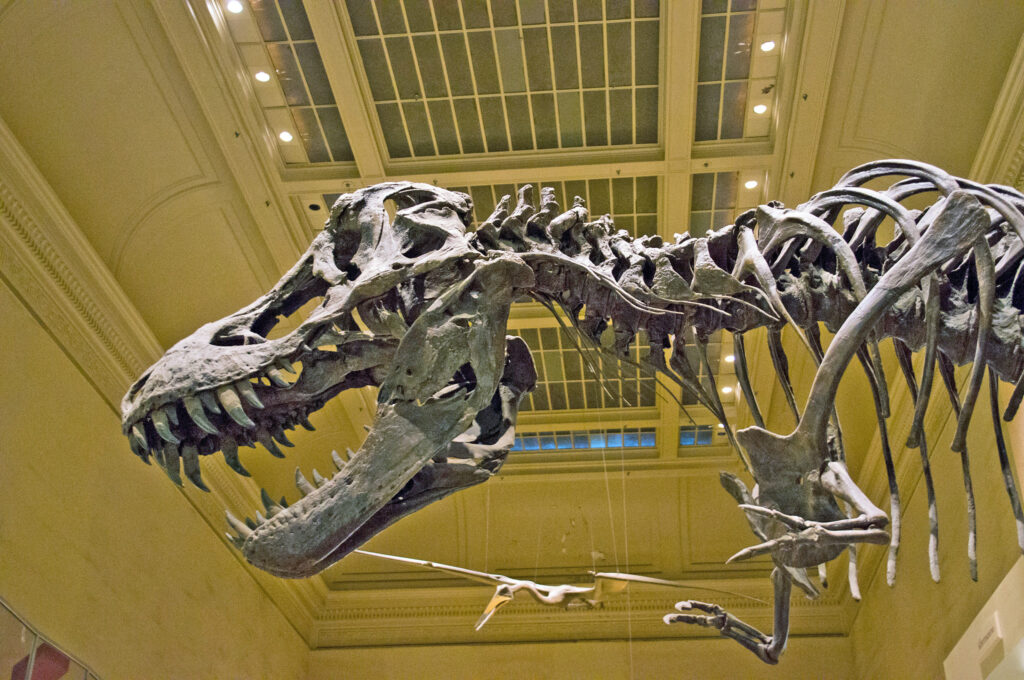
The seizure of Sue triggered a complex legal battle that would drag on for several years and involve multiple courts. The central legal question hinged on whether Sue was “land” or “chattel” (movable property)—a distinction that would determine whether Williams had the right to sell the fossil without federal approval. The Black Hills Institute filed suit against the government for the return of the specimen, contending that the fossil became personal property once it was excavated with permission from the landowner. The U.S. government argued that Sue was effectively part of the real estate held in trust and thus could not be sold without federal authorization.
The Cheyenne River Sioux Tribe entered the fray as well, asserting tribal sovereignty over paleontological resources found on reservation lands. The case eventually expanded beyond the immediate question of Sue’s ownership to include broader issues about commercial fossil collecting, Native American rights, and the status of scientifically valuable specimens found on various categories of land.
The Courts Decide Sue’s Fate

After years of legal wrangling, the courts reached a definitive decision that disappointed the Black Hills Institute. In February 1993, a federal district court ruled that Sue belonged to Maurice Williams, not to the Institute, primarily because the fossil had been found on land held in trust by the U.S. government. The Institute appealed this decision, but in 1994, the Eighth Circuit Court of Appeals upheld the lower court’s ruling. The Supreme Court subsequently declined to hear the case, effectively finalizing Williams’ ownership claim.
This legal determination rested primarily on the technical details of Indian trust land status rather than on broader principles about fossil ownership or scientific access. For Larson and his team, who had invested years of work and significant resources in excavating and preparing Sue, the ruling was devastating. The courts had determined that despite their good-faith payment and scientific efforts, they had never legally owned the Tyrannosaurus skeleton they had discovered and brought to light.
The Controversial Auction
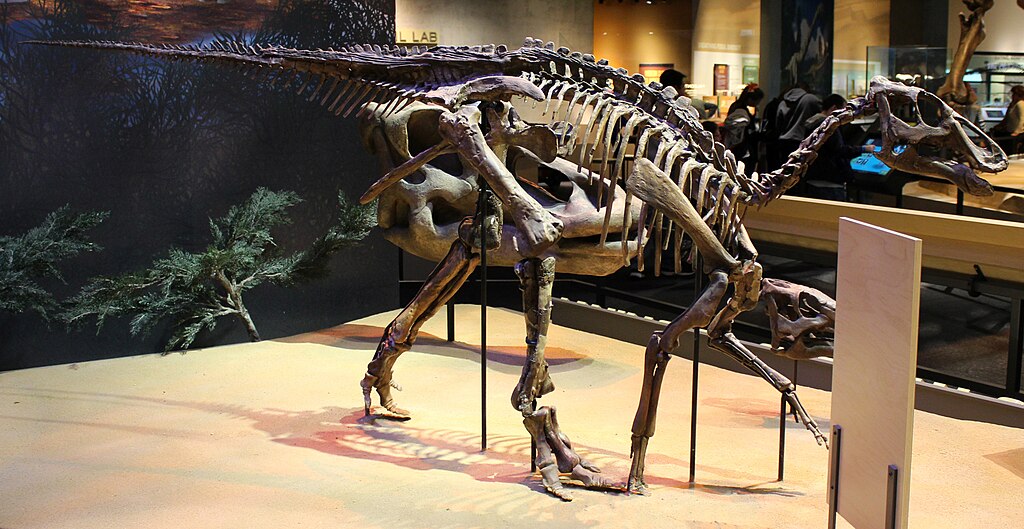
With legal ownership established, Maurice Williams decided to sell Sue at public auction, a decision that alarmed many in the scientific community who feared the specimen might disappear into a private collection inaccessible to researchers. On October 4, 1997, Sue went on the auction block at Sotheby’s in New York, attracting worldwide attention as the first dinosaur fossil of such significance ever offered at public auction. The bidding quickly escalated beyond what most museums could afford, eventually reaching an unprecedented $8.36 million—nearly forty times higher than any previous dinosaur sale.
The astronomical price reflected both Sue’s scientific importance and the publicity surrounding the legal battle. When the winning bidder was revealed to be the Field Museum of Chicago, assisted by corporate sponsors including McDonald’s and Disney, there was widespread relief among scientists that Sue would remain in the public domain. Nevertheless, the auction set a concerning precedent, potentially putting scientific specimens beyond the reach of research institutions and fueling the commercial market for fossils.
Peter Larson’s Personal Tragedy

While the battle over Sue was unfolding, Peter Larson faced his own separate legal nightmare that many viewed as connected to the high-profile fossil dispute. In 1992, federal prosecutors began investigating the Black Hills Institute’s commercial fossil business, eventually bringing dozens of charges against Larson and his colleagues related to fossil collection and sales. Though most charges were dismissed before trial, Larson was ultimately convicted of two counts of customs violations unrelated to Sue and sentenced to two years in federal prison in 1996.
The severity of the sentence shocked many observers, who saw it as disproportionate to the technical violations involved and potentially influenced by the contentious Sue case. During his imprisonment, Larson continued to follow developments in the Sue case through letters and phone calls, but was unable to participate in the final stages of the legal battle or attend the auction. His conviction and imprisonment added a deeply personal dimension to the Sue saga, raising questions about whether the government’s pursuit of Larson was partially motivated by the high-profile dispute over the T. rex fossil.
Sue’s Scientific Significance
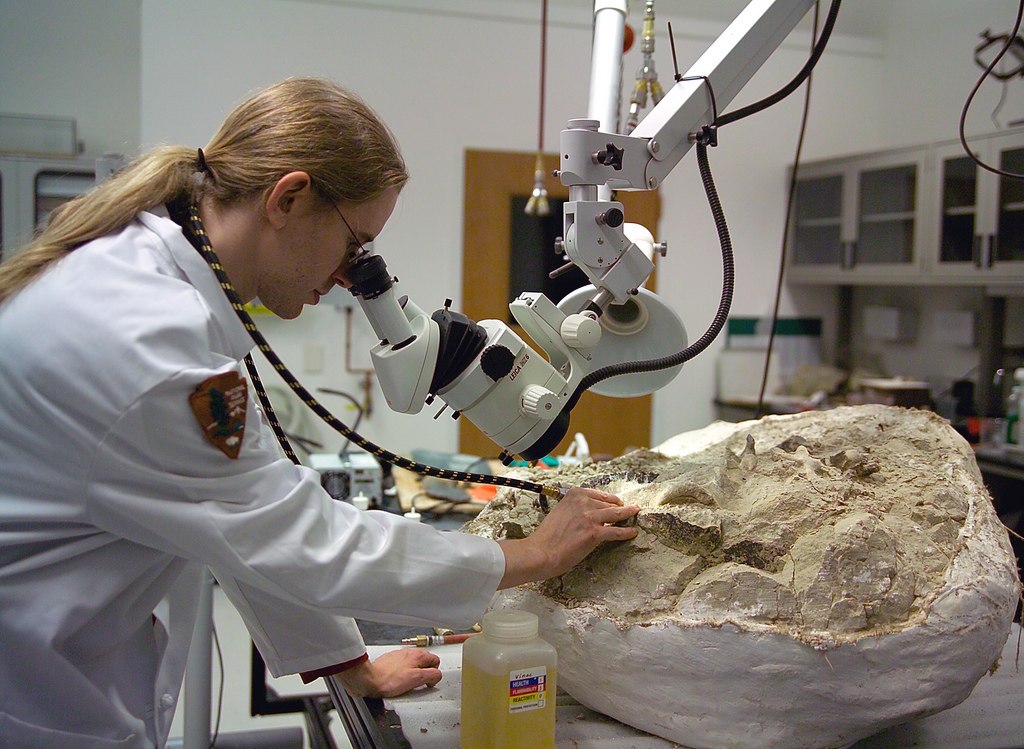
Despite the legal controversies, Sue’s scientific value remained extraordinary, revealing unprecedented insights into Tyrannosaurus anatomy, growth, and pathology. The skeleton’s completeness allowed researchers to thoroughly study how muscles attached to bones, providing crucial data for understanding how this massive predator moved and functioned. Sue’s bones showed evidence of numerous injuries and infections that had healed during life, including broken ribs, an infection in the jaw, and evidence of arthritis, giving scientists a window into the brutal life history of this individual dinosaur.
Age analyses of Sue’s bones suggested she lived to approximately 28 years—quite elderly for a Tyrannosaurus—making her an invaluable data point for understanding T. rex longevity and maturation. The exceptional preservation of Sue’s skull, with delicate structures intact, enabled detailed studies of the dinosaur’s sensory capabilities, including its visual abilities, sense of smell, and even how it processed sound. Beyond specific anatomical insights, Sue became a reference specimen against which all other Tyrannosaurus fossils could be compared.
Sue’s Impact on Museum Paleontology
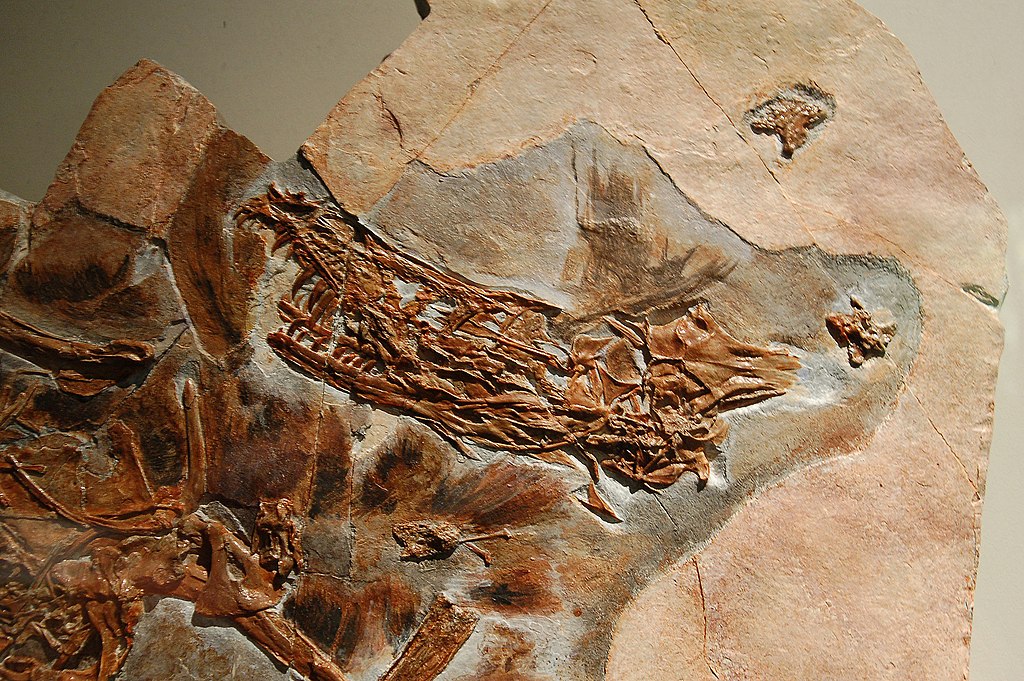
When the Field Museum unveiled Sue to the public on May 17, 2000, following years of careful preparation, the impact on museum attendance and public engagement with paleontology was immediate and profound. More than 10,000 visitors came to see Sue on opening day alone, marking the beginning of a significant boost in museum attendance that has continued for decades. The museum designed an innovative mounting system that allowed researchers to access individual bones for study while keeping the spectacular skeleton on public display.
Sue quickly became the centerpiece of the Field Museum’s already renowned fossil collections, drawing visitors from around the world and serving as an ambassador for paleontological science. The museum developed extensive educational programming around the T. rex, using Sue’s story to teach not just about dinosaurs but about scientific methods, geology, evolution, and even legal and ethical issues in science. Other museums took note of Sue’s popularity, leading to increased investment in dinosaur exhibits worldwide and a greater emphasis on contextualizing fossils within broader scientific narratives.
Legal Ripple Effects in Paleontology
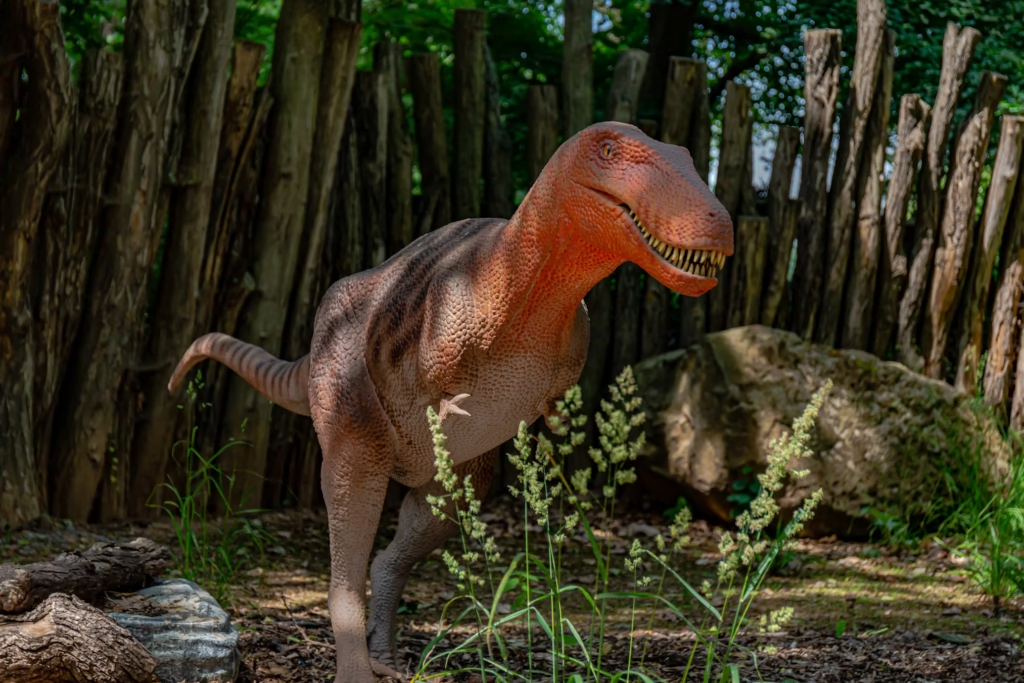
The Sue case fundamentally transformed the legal landscape of fossil collecting in the United States and influenced international practices as well. Following the high-profile dispute, the federal government clarified and strengthened regulations regarding fossils found on public lands, particularly through the Paleontological Resources Preservation Act of 2009, which explicitly protects vertebrate fossils on federal lands. Many states with fossil-rich deposits developed their own more detailed laws governing paleontological excavation, with particular attention to clarifying ownership rights before excavation begins.
Academic institutions and museums implemented more rigorous protocols for verifying the legal provenance of specimens before acquisition, requiring detailed documentation of land ownership and excavation permits. Commercial fossil dealers faced increased scrutiny, with many adopting more transparent practices regarding the origin of their specimens.
Native American tribes across the country asserted stronger claims to paleontological resources on tribal lands, establishing their own permit systems and scientific collaborations. The case also prompted international discussions about fossil repatriation and the ethics of commercial fossil trading across national boundaries.
The Scientific Legacy Continues

More than three decades after her discovery, Sue continues to yield new scientific insights as researchers apply advanced technologies to study the famous skeleton. Recent CT scanning of Sue’s skull has revealed previously unknown details about the dinosaur’s brain case and sensory abilities, contributing to our understanding of dinosaur neurology.
Biomechanical modeling using Sue’s complete skeletal data has refined estimates of T. rex locomotion, suggesting this massive predator could move more efficiently than previously thought. Researchers have identified additional pathologies in Sue’s bones that weren’t visible during initial examinations, including evidence of a parasitic infection that may have caused painful lesions in the jaw.
Comparative studies between Sue and subsequently discovered T. rex specimens have helped establish the range of individual variation within the species, clarifying which anatomical differences represent sexual dimorphism, growth stages, or simply individual variation. The Field Museum continues to make Sue accessible to qualified researchers from around the world, ensuring that this exceptional specimen remains a cornerstone of ongoing dinosaur science rather than simply a museum showpiece.
A Changed Relationship Between Science and Commerce
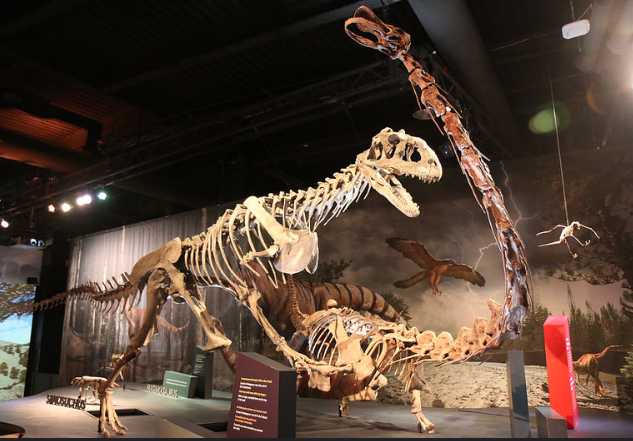
Perhaps the most lasting impact of the Sue saga has been a fundamental recalibration of the relationship between commercial fossil collectors and academic paleontologists. Prior to the Sue case, there had been growing tension between these communities, with some academic scientists dismissing commercial collectors as mere fossil dealers and some collectors viewing academics as elitists disconnected from the practical challenges of fieldwork. The Sue controversy initially deepened this divide, with many academic paleontologists supporting the government’s position while commercial collectors rallied behind the Black Hills Institute.
However, as the dust settled, both sides recognized the need for better collaboration and clearer guidelines. Professional societies developed ethical codes addressing issues of fossil collection and commercialization. Many academic institutions established formal partnerships with reputable commercial collectors who could provide field expertise and access to specimens that might otherwise remain undiscovered.
Commercial paleontologists increasingly prioritized scientific documentation in their fieldwork, recognizing that proper context enhances both the scientific and commercial value of specimens. Museums developed more nuanced acquisition policies that allowed them to benefit from commercial discoveries while maintaining scientific integrity.
Sue Today: An Enduring Scientific and Cultural Icon

Today, Sue remains one of the most recognized and beloved museum specimens in the world, continuing to draw crowds to the Field Museum while maintaining her scientific relevance. In 2018, the museum unveiled a major reinstallation of Sue in a dedicated exhibition space that presents the skeleton within its proper Cretaceous context, incorporating the latest scientific understanding of T. rex biology and ecology.
The Field Museum has created a distinctive personality for Sue through social media accounts that blend scientific education with humor, reaching millions of followers and bringing paleontological concepts to new audiences. Sue has featured in numerous documentaries, books, and educational programs, becoming a gateway through which many young people first develop an interest in paleontology and natural sciences.
The skeleton continues to serve as a research resource, with scientists still making new observations and collecting data that contribute to our evolving understanding of dinosaur biology. Perhaps most importantly, Sue stands as a powerful reminder of how a single scientific discovery can catalyze wide-ranging changes in law, ethics, and the relationship between scientific research and commercial enterprise.
Conclusion

The story of Sue transcends paleontology, touching on fundamental questions about who owns the past and how we balance commercial, scientific, cultural, and legal interests in the natural world. What began as an exciting fossil discovery in the badlands of South Dakota evolved into a watershed moment that transformed how we think about fossil ownership, scientific access, and the preservation of natural heritage.
Though the legal battle was bitter and divisive, its ultimate resolution ensured that one of the most significant dinosaur specimens ever discovered remains available to both scientists and the public. Sue’s skeleton continues to inspire wonder in museum visitors while advancing our scientific understanding—a fitting legacy for a dinosaur that has had as profound an impact on modern paleontology as it did on its Cretaceous ecosystem 67 million years ago.


